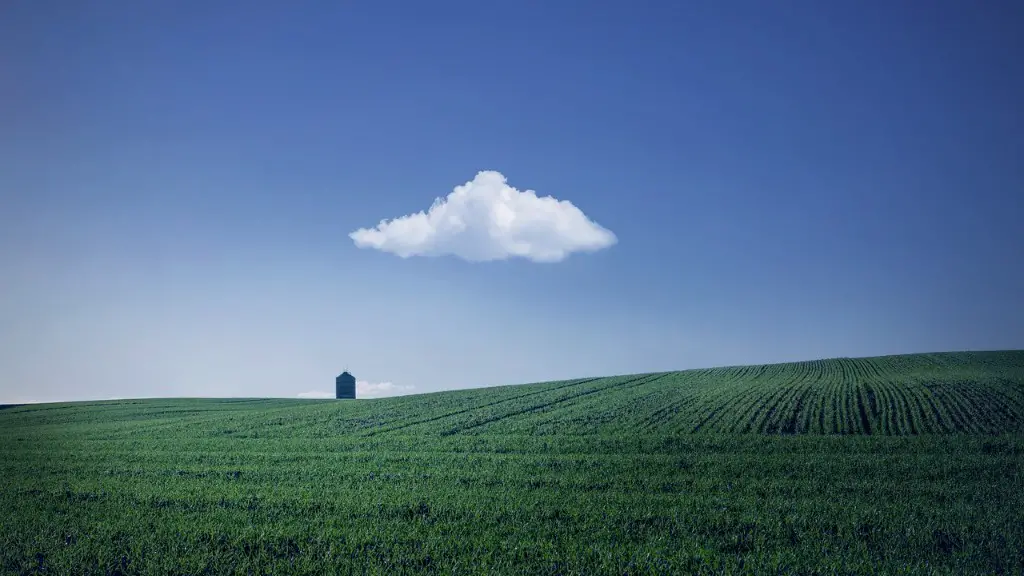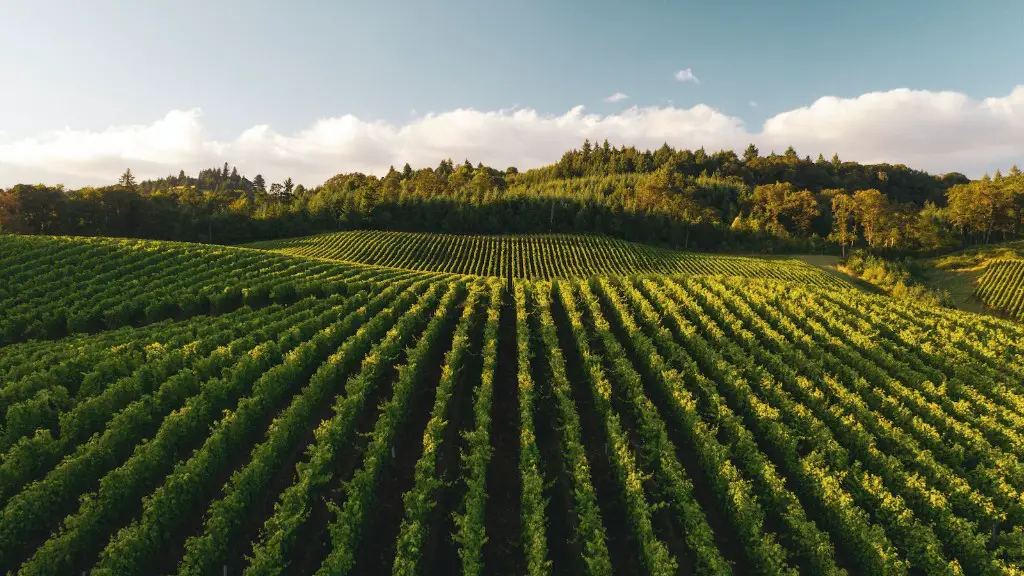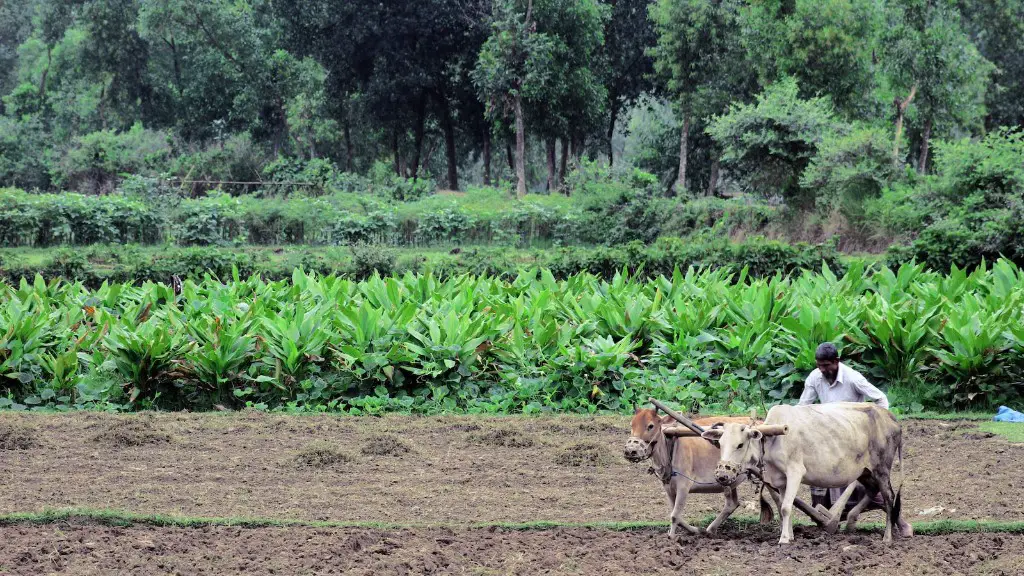Slash and burn agriculture is a controversial practice that is used by communities to use and sustain their environment. It is defined as an agricultural technique that is used to fell and burn large patches of forest in order to create new farmable land. It’s been around for centuries and is still popular in rural parts of the world such as Central America, Southeast Asia and Africa. While slash and burn agriculture has been met with criticism for its various drawbacks, there is also a great deal on offer with its process.
The first advantage of slash and burn agriculture is its efficiency. The technique is very effective at clearing large tracts of land quickly, which is very beneficial for areas with a limited amount of arable land. This land can then be used for planting crops or sustaining livestock. Additionally, the process of burning the vegetation means that the land is already fertilised and ready for cultivation, making it a lot easier to grow crops and sustain livestock.
Slash and burn agriculture is also a very cost-effective option, as it does not require any expensive machinery or labour. The technique can be implemented in a very short span of time, which is beneficial for communities that are facing financial constraints. This cost-effectiveness also makes it an attractive solution for communities who do not have access to large areas of arable land.
Lastly, slash and burn agriculture is beneficial as it can improve soil fertility. Burning the vegetation that is found in patches of land clears away any dead matter and replenishes the soil with important nutrients that can then be used to cultivate crops. This is particularly beneficial in areas with soil that has been depleted of vital nutrients due to unsustainable agricultural practices.
## Advantages of Slash and Burn Agriculture
Recycles nutrients and provides soil fertility
Slash and burn agriculture allows soil fertility to be recycled, as the burning of vegetation releases vital nutrients into the soil that can then be used to cultivate crops. Additionally, burning clears away any dead matter and provides an opportunity for the soil to be replenished with new nutrients. This is beneficial for areas where there has been soil depletion due to unsustainable agricultural practices. By using slash and burn agriculture, land that is not suitable for planting crops can be transformed into productive farmland.
Increases crop yields and supports livestock farming
Another advantage of slash and burn agriculture is that the techniques used produce higher crop yields compared to traditional farming. The cleared lands that have been fertilised by burning are better suited for crop production and provide higher yields. Additionally, the land can also be used to sustain livestock as the technique produces large swaths of grassy pastures. This makes it an attractive solution for communities who are looking to increase their agricultural yield.
Inexpensive and Time-Efficient
Slash and burn agriculture is a cost-effective method, as it requires very minimal expenses such as equipment and labour. Additionally, the time taken to implement the technique is relatively short, making it a great option for communities who are working within a budget. The technique is also beneficial for areas that are facing land scarcity, as it allows for large tracts of land to be cleared and immediately ready for cultivation.
Improves carbon balance
Slash and burn agriculture can improve the carbon balance of an ecosystem, as it releases nutrients that are beneficial for the growth of vegetation. This then becomes a useful carbon sink, as it absorbs carbon dioxide from the atmosphere and helps maintain a healthy balance of carbon within the environment. Additionally, the burning of vegetation can also help reduce the risk of wildfires, as the cleared land prevents flammable material from building up.
Sustainable and Renewable
Finally, slash and burn agriculture is a sustainable and renewable resource, as it can be cultivated year after year with very few impacts on the environment. It is also beneficial for communities as it helps them to sustainably use their environment, as the technique allows for resources to be used efficiently and for the land to remain productive for longer periods of time. Additionally, by using slash and burn agriculture, communities can ensure that their land is used for agricultural purposes only and is not overrun by non-native plants or invasive species.


